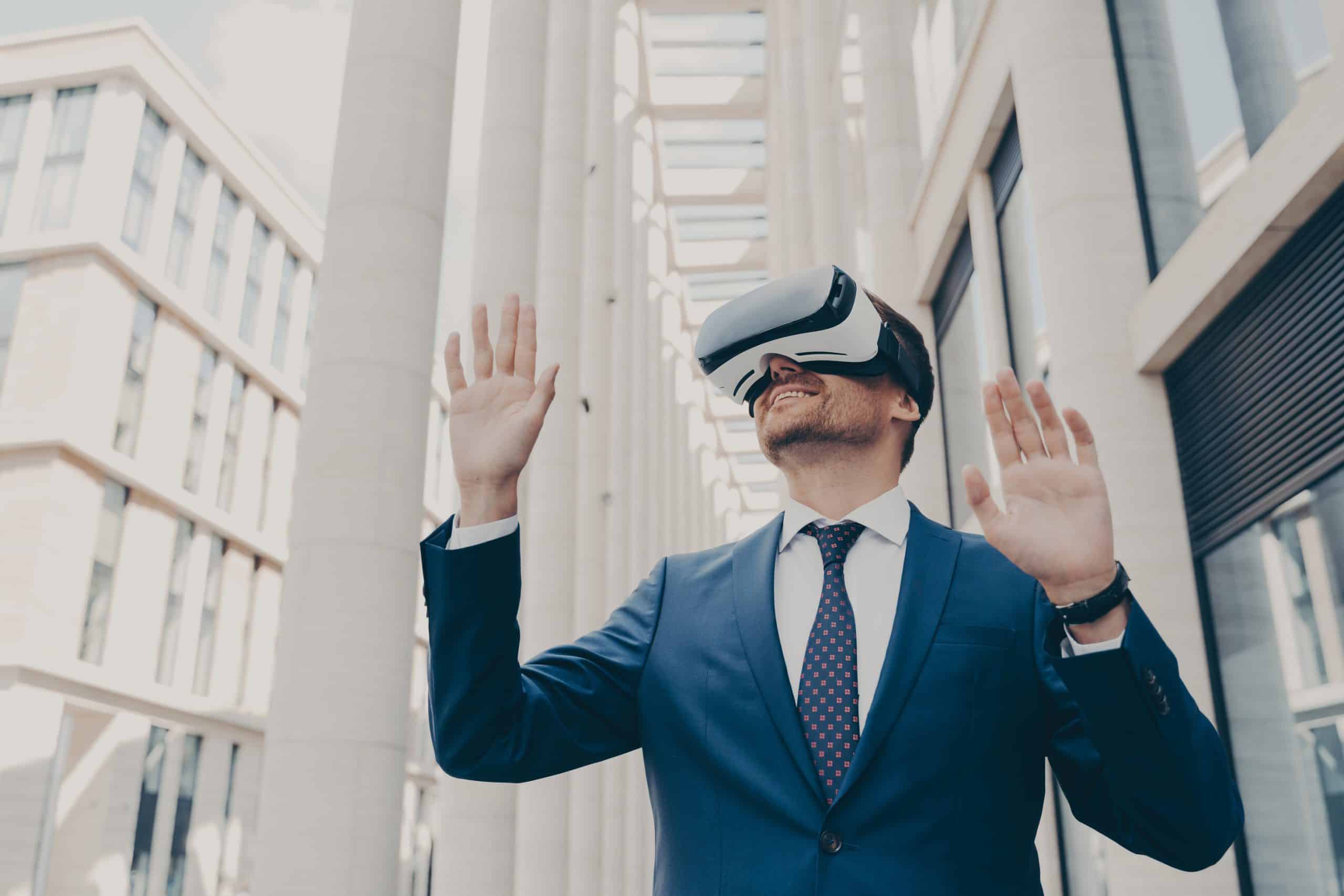In the ever-evolving realm of education, technology consistently plays a role in shaping and transforming the learning experiences of students. One such groundbreaking technological innovation that is revolutionising the educational landscape is Augmented Reality (AR). This digital tool serves as a bridge between reality and the virtual world, offering an immersive, interactive learning experience for students.
AR is not a distant concept anymore, but a real, powerful medium that can be harnessed to enhance the quality of education and training provided by institutions across the UK. But how can it be leveraged effectively? In this comprehensive guide, we will explore ways through which UK education providers can utilise AR to enhance learning experiences.
En parallèle : What Are the Best Low-Carbon Technologies for UK Manufacturing SMEs?
AR: An Immersive Learning Tool
Augmented Reality is a technology that overlays interactive digital elements — such as captivating visuals, helpful sounds, and engaging touch sensations — onto real-world environments. It is a highly immersive tool that can engage students like never before, transforming passive learning into an active experience.
AR apps, used on smartphones, tablets or dedicated AR devices, can help students visualise complex concepts that are otherwise difficult to grasp through books and traditional teaching methods. It converts theoretical knowledge into a practical experience, which enhances the overall learning process and makes it more enjoyable.
Dans le meme genre : What Are the Key Drivers for Customer Satisfaction in UK Online Banking?
Empowering Students with Skills for the Digital Era
In a world increasingly driven by technology, it is crucial for educational institutions to equip students with skills that are relevant to the digital era. AR technology, with its immersive and interactive capabilities, can foster these skills significantly.
AR can help students develop problem-solving skills, spatial thinking, and collaboration abilities, all of which are critical in today’s digital age. By interacting with AR-based learning materials, students can learn to approach problems from different perspectives, work together with their peers to find solutions, and understand complex concepts in a more profound manner.
Moreover, the use of AR in classrooms can also cultivate students’ digital literacy, which is an important asset in the modern world. It allows them to navigate, understand, and create digital content effectively.
Incorporating AR into Different Fields of Study
Augmented Reality’s versatility makes it applicable across various fields of study. From medical training to architecture, from history to chemistry, AR can enrich academic disciplines with its unique features.
In medical education, for instance, AR can give students an in-depth understanding of the human anatomy without the need for real cadavers. It can overlay digital imageries of the human body parts onto real-world objects, allowing students to explore and understand the intricate details of the human body.
In history classes, AR can bring past events to life. Students can witness historical events in a three-dimensional format, adding a layer of reality that textbooks cannot provide. For architecture students, AR can help visualize architectural designs in a real-world context, aiding better understanding and creativity.
The Impact of AR on Teaching Methods
The advent of AR doesn’t merely impact the students, but brings about a significant shift in teaching methodologies as well. Teachers can use AR technology to create engaging lesson plans that go beyond textbooks and blackboards, offering a more experiential form of learning.
AR can serve as a great tool for teachers to explain complex concepts in a simple, engaging manner. It can help in creating interactive lessons that captivate students’ attention, making learning not just effective, but enjoyable.
Furthermore, teachers can use AR to personalise the learning experience for each student. Customised AR experiences can cater to the individual learning style and pace of every student, thereby enhancing their learning.
The Future of AR in Education
The use of AR in education is not just a passing trend, but a strong indicator of the future of learning. As more educational institutions embrace this technology, the way students learn and teachers teach will continue to evolve.
The benefits of AR in education are undeniable. It not only enhances learning outcomes but also prepares students for a future where digital skills will be paramount. As AR technology continues to advance, it will undoubtedly play a key role in shaping the future of education in the UK and beyond.
Boosting Engagement and Participation with AR
Augmented reality carries a phenomenal potential for enhancing student engagement and participation. This technology can help transform conventional classrooms into active learning environments, fostering curiosity, participation, and collaboration among students.
In the traditional approach, the learning experience is often one-sided, with the teacher delivering knowledge and students passively receiving it. The adoption of AR completely reshapes this model. It introduces an interactive learning environment where students are no longer just receivers but active participants in the learning process.
Using AR, educators can introduce real-time interactive elements into their teaching, making their classes more engaging and stimulating for students. For instance, they can use AR to simulate real-world scenarios or complex processes, allowing students to explore them in a safe and controlled setting.
This can greatly enhance students’ understanding and retention of knowledge. By actively participating in the learning process, students are more likely to remember what they have learned. This is because AR engages multiple senses simultaneously, which has been proven to improve memory retention.
Furthermore, AR can also foster collaboration among students. By working together in a shared AR experience, students can learn to communicate effectively, share ideas, and solve problems collectively. This not only enhances their learning outcomes but also helps them develop important social skills.
AR and Skill Development: A Perfect Pair
AR has a critical role to play in the development of practical skills in students. From medical education to architecture, and from history to chemistry, AR has the potential to revolutionise skill-based learning across all these disciplines.
In medical education, AR can be used to simulate surgeries or medical procedures, providing medical students with a safe and effective platform to practice and enhance their skills. This can significantly improve their confidence and competence, preparing them for real-world scenarios.
Similarly, in fields like engineering and architecture, students can use AR to visualise their designs in a real-world context. They can manipulate their designs in real time, observe their impacts, and make necessary adjustments. This can greatly enhance their practical skills and creative abilities.
Moreover, AR can also aid in the development of digital skills. As students interact with AR-based learning materials, they gradually become proficient in using digital tools, understanding digital content, and creating digital solutions. This can equip them with the necessary skills to excel in the digital era.
Conclusion
The integration of augmented reality in the education sector has the power to redefine the traditional learning process and foster a more engaging, interactive, and effective learning environment. As the digital era advances, the role of AR in education is only set to become more profound.
From enhancing learning experiences to developing crucial practical skills, AR has the potential to revolutionise the way education is delivered and received. The future of AR in education looks promising, with endless possibilities for innovation and growth.
However, the adoption of AR in education is not without challenges. Issues such as cost, accessibility, and technical complexities need to be addressed to fully realise the potential of this technology. Nevertheless, with continuous advancements in technology and growing recognition of its benefits, it is hopeful that AR will overcome these barriers and play a key role in shaping the future of education in the UK and beyond.






